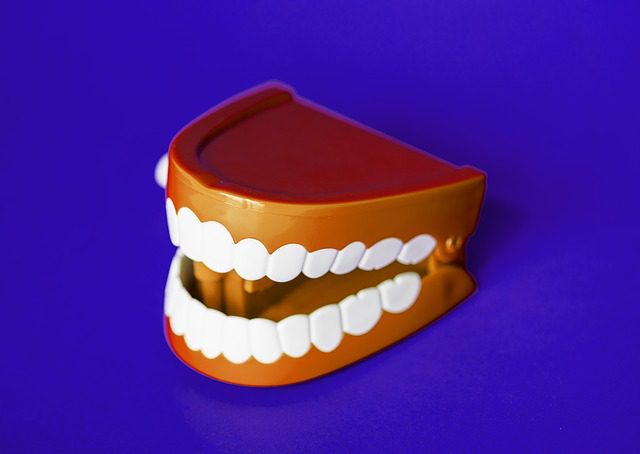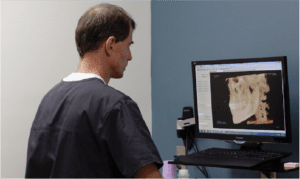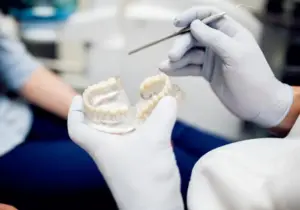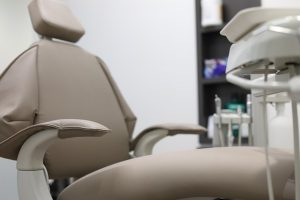Thanks to the wonderful effectiveness of anesthetics, gum grafting is not a painful procedure. You may experience pain after the procedure, however, but we can prescribe you extra strength pain reliever to help manage the pain. The level of pain you may feel depends on what type of soft tissue grafting you are having performed. If no tissue is removed from your palate, you will likely not experience any pain at all. If some tissue is removed, you may experience mild discomfort which can be controlled with pain remedy.
Why Do You Need a Gum Graft?
Soft tissue grafting is usually done to repair receding gums that have been affected by gum disease. It may also be a cosmetic dentistry procedure done to improve your smile’s appearance, especially if you have a gummy smile. The procedure is usually done to add tissue to the gum line though in some cases we remove it as well.
Gum recession happens when tissue surrounding the teeth shrinks from the tooth. This can expose too much of the tooth, and it might even expose the root, which can damage the surrounding bone. The truth is gum recession is common — 4 to 12% of all adults experience it at some point in their lives.
Gum recession is a gradual process — you probably won’t even notice it. You’ll likely experience tooth sensitivity — hot or cold foods may cause a piercing sensation. If not treated, gum recession can lead to tooth loss. That’s why we recommend soft tissue grafting to repair your gums.
The Different Types of Soft Tissue Grafting
There are three different types of soft tissue grafting: connective-tissue grafts, free gingival grafts, and pedicle grafts.
We commonly do connective tissue grafts to treat exposed roots. We take the tissue roof of your mouth (palate) through a small flap of skin and surgically connect it to the receding gum line. Once we remove the connective tissue, we’ll stich the flap back into place. This method is used for people who have thin gums and need extra tissue to enlarge them.
Free gingival grafts are a lot like connective-tissue grafts but we remove a small amount of tissue from the roof of the mouth directly.
For pedicle grafts, instead of removing tissue from the palate, we graft tissue directly from the gum line. Known as a pedicle, the flap is cut in a way that maintains one edge attached to the gumline. We then pull the gum down to cover the exposed root or tooth. This procedure is reserved for those who have adequate gum line to work with — but not so much near the root itself.
Pain Management During Soft Tissue Grafting
Before we do your soft tissue graft, we’ll apply a local anesthetic to numb the area. You’ll be pain free throughout the procedure. Dr. Puckett will do everything he can to ensure you’ll feel relaxed and comfortable throughout the treatment.
Once the oral surgery is completed, we’ll place a dressing over the grafting area to protect it as it heals. You may experience some discomfort after the anesthetic wears off. We’ll prescribe you extra strength Tylenol to help provide relief. We may also prescribe an antibiotic to ward off infection. Be sure to completely take all the antibiotics, even as you feel better.
Home Care Following the Surgery
It’s important to be very careful with the grafted area following the surgery. If there’s bleeding, place gauze on either side of the grafted area — never on top of it. Avoid doing any physical activity for 24 hours following the surgery.
It may be tempting, but resist pulling down your lips to view the wound. Keep your tongue away from the area.
Ice is your friend. Be sure to ice down the area to reduce pain caused by swelling. As your mouth heals, the site of the grafting will swell. Ice can help provide relief.
You might want to avoid hot foods and drinks for a couple of days as these can inflame the site. For the first week, only eat soft foods and liquids. Once you do eat solid foods again, avoid chewing on the side of the soft tissue grafting for a while.
On the day of the surgery, avoid brushing or rinsing your mouth. Keep your toothbrush away from the site for 30 days. Swish with an extra strength mouthwash. (We may prescribe you something).
Take it easy for the first week. Avoid strenuous exercise. Get plenty of bed rest. (Yes, you have our permission to binge watch Netflix.)










